The 2014 FIFA World Cup in Brazil will be played in 12 different stadiums in different cities and different states, all being the capital of its respective region. This means that the tournament is spread more or less across the entire nation, unlike the previous World Cup in the country which was concentrated in the South and South East.
Six completely brand new stadiums are either being built or were completed for the tournament, with the famous Estadio Maracana, with a reduced a capacity of 76,000 compared to its “glory days” of the past, will be the one to host the final. The opening match between Brazil and Croatia on June 12 will be played in Sao Paulo in the newly built Arena Corinthians.
Estádio do Maracanã, Rio de Janeiro
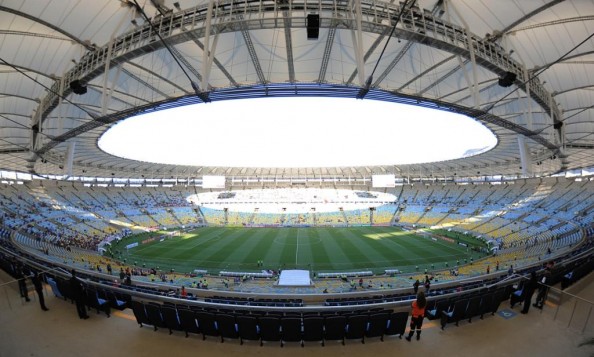
One of the most famous stadiums in the world and the venue of the de facto 1950 World Cup final is now a much smaller venue compared to the past with a capacity of “only” 78,838. It underwent major reconstruction for the 2014 World Cup, as a new one-tier seating bowl was built to replace the old one. original stadium’s roof in concrete was demolished and substituted with a fiberglass tensioned membrane coated with Teflon, covering 95% of the seats in the stadium. It will host four matches in the group stage, another one in the round of 16 a quarterfinal and the final of the next World Cup.
Estádio Nacional Mané Garrincha, Brasilia
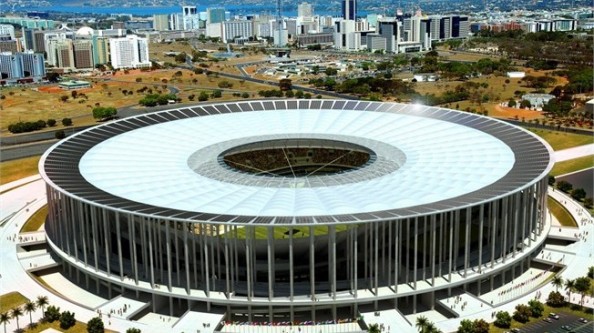
A renovation that is actually a brand new stadium – It was inaugurated on May 18, 2013 after the reformation for the FIFA Confederations Cup, built instead of the old stadium, built in 1974 and demolished in 2010. It is part of the Ayrton Senna Multisport Complex, which also includes the Nilson Nelson Gymnasium and the Nelson Piquet International Autodrome. It has a capacity of 72,888 fans, and will host four group stage matches, one in the round of 16, a quarterfinal and the match for the third place.
Arena Corinthians, Sao Paulo
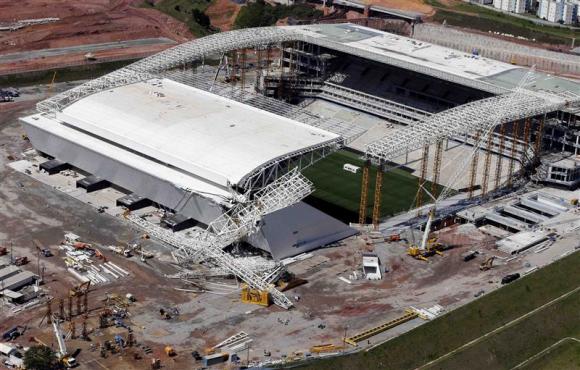
A stadium that still hasn’t been completed, the Arena Corinthians broke ground on May 30, 2011. It will seat 48,234 people, and eventually will become the stadium that serves Sport Club Corinthians Paulista. Corinthians does not plan to host concerts or other sport events in the stadium, considering that the use for non-football events can destroy the pitch and football ticket sales will make up for the revenue. It will host the opening match between Brazil and Croatia, three more group stage matches, a round of 16 match and a semifinal.
Castelão, Fortaleza
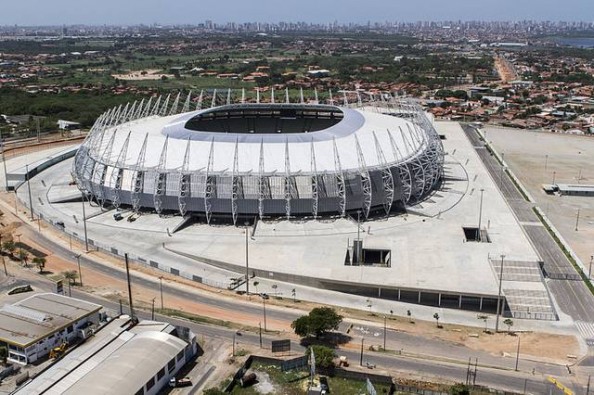
The Estádio Plácido Aderaldo Castelo is also known as the Gigante da Boa Vista. It was renovated for the World Cup, having been around since the 1970’s. The reconstruction project involved the addition of a larger roof, the construction of an underground car park with 4,200 spaces, and a new lower tier. It has a capacity of 67,037, and will host four group stage matches, including the one between Brazil and Mexico, before a round of 16 match and a quarterfinal.
Estádio Governador Magalhães Pinto, Belo Horitzonte
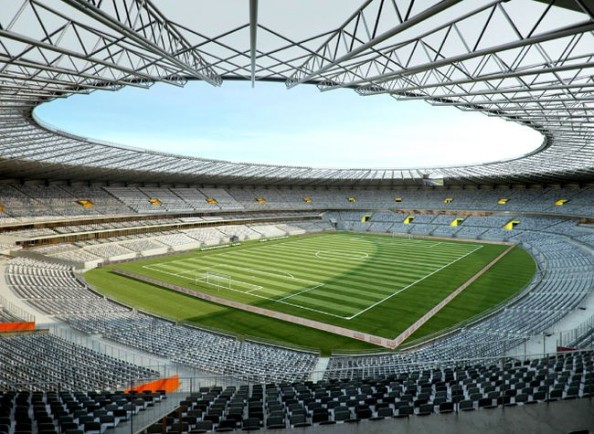
Called by most as the Mineirão and serves Cruzeiro. It was part of the setup in the 2013 Confederation Cup, undergoing massive renovation before both tournaments. It has a capacity of 64,000, and it will host four matches in the group stage, one in the round of 16 (which is likely to involve Brazil) and another in the semifinals.
Estádio José Pinheiro Borda, Porto Alegre
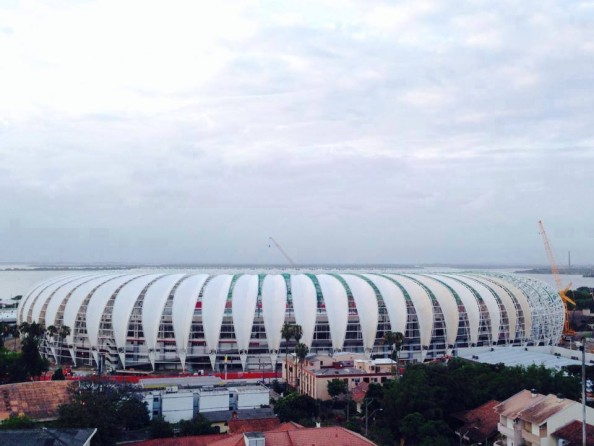
Better known as Estádio Beira-Rio, it has been around since 1969, and is currently undergoing renovations to prepare it for the World Cup. It serves as the home of the currently struggling Internacional, with a reduced capacity of 51,300. It will host four group stage matches which includes one between Argentina and Nigeria, and will host another one in the round of 16.
Itaipava Arena Fonte Nova, Salvador
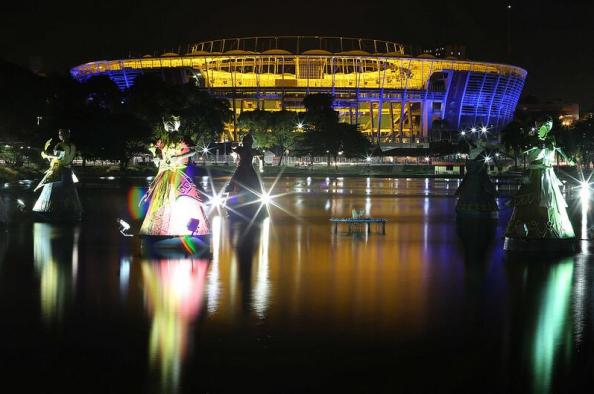
Officially known as the Complexo Esportivo Cultural Professor Octávio Mangabeira which is a completely new venue, opened and first used in the 2013 Confederations Cup. It is for both Vitoria and Bahia in the club level, but seats 5000 more fans (55,000) in FIFA matches. It will host two of the biggest group stage matches in the world cup: Spain vs Netherlands and Germany vs Portugal, and also one in the round of 16 and another in the quarterfinals.
Itaipava Arena Pernambuco, Recife
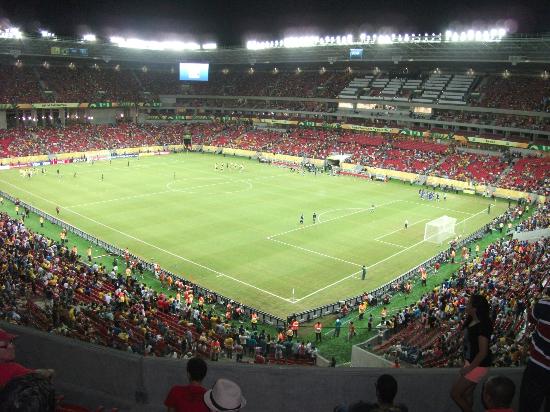
Another one of the new stadiums which opened just before the 2013 Confederations Cup, Arena Pernambuco is used by Nautico at club level. It will host four group stage matches and another one in the round of 16. It has a capacity of 46,154.
Arena Pantanal, Cuiaba
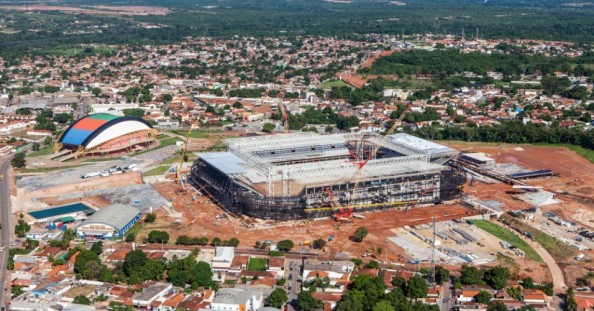
At the moment, it seems like the Arena Pantanal won’t open before February 2014, and besides the world cup will be used by Cuiaba and Mixto at club level. The 43,500 seater will host four rather low-profile group stage matches, without any in the knockout stage.
Arena da Amazônia, Manaus

The stadium in the jungle as it is called by some still hasn’t been completed, probably needing another month before the end of construction. It will be used by three different clubs and will have a 46,000 seat capacity. Despite not being used past the four group stage matches, it will host one of the bigger early matches in England – Italy.
Arena das Dunas, Natal
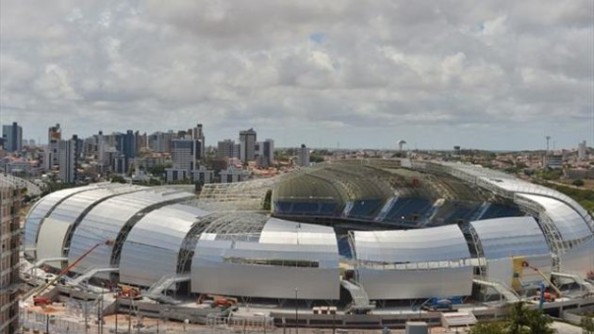
Another one of the stadiums that won’t open before 2014 and will be used by by America FC, a Serie B club. With a capacity of 45,000, it will also host four group stage matches, including the very intriguing one between Italy and Uruguay.
Arena da Baixada, Curitiba
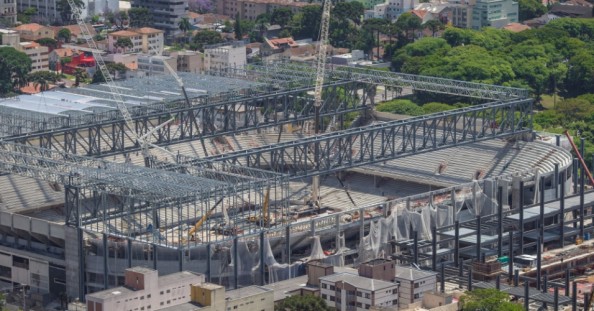
The stadium with the most construction left on it before it opens, the Estádio Joaquim Américo Guimarães was actually opened in 1997 but is undergoing massive renovations, including expanding it to 43,900 from a capacity of 28,000. Building work at the stadium was suspended in October 2013 on the orders of a Brazilian labor tribunal due to numerous and serious safety breaches. It will host four group stage matches.
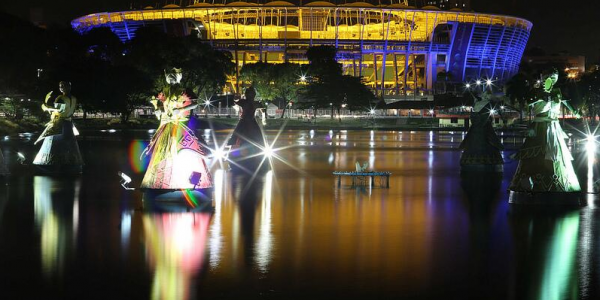
3 responses to “Stadiums of The 2014 FIFA World Cup”
[…] Stadiums of The 2014 FIFA World Cup | Sportige […]
[…] Stadiums of The 2014 FIFA World Cup | Sportige […]
[…] Stadiums of The 2014 FIFA World Cup | Sportige […]